Most musicians guard their creative territory. But what happens when two artists decide to let go completely? Paris-based electronic composer Aho Ssan and Warsaw cellist Resina built their collaboration around the idea of "ego death,” defined here as the willingness to dissolve individual identity in service of shared creation. Their debut album explores the music that emerges when control gives way to trust.
The seeds of this partnership were planted during the uncertainty of 2020, when Nicolás Jaar's remote improvisation project Weavings connected twelve musicians across continents via Zoom. These artists used radically different tools: Resina, processed cello; Aho Ssan, electronic synthesis. But their musical languages came together in such a way that they often couldn't distinguish who was playing what. That moment of creative dissolution became the foundation for a deeper investigation into collaborative consciousness and the spiritual dimensions of music-making.
Ego Death, released on Berlin's Subtext Recordings, led both artists to new growth. Resina, known for her solo work on FatCat Records, abandons her role as creative director to focus on scratchy bowing techniques and extreme dynamics. Aho Ssan, whose previous albums examined identity and posthuman fragmentation, finds new textures through spectral manipulation and granular synthesis. Together, they bring listeners eight chapters of cinematic intensity that stretch the cello to its breaking point and reveal the emotional depths of shared creation. The result challenges our understanding of artistic authorship in an age of technological mediation and cultural fragmentation.
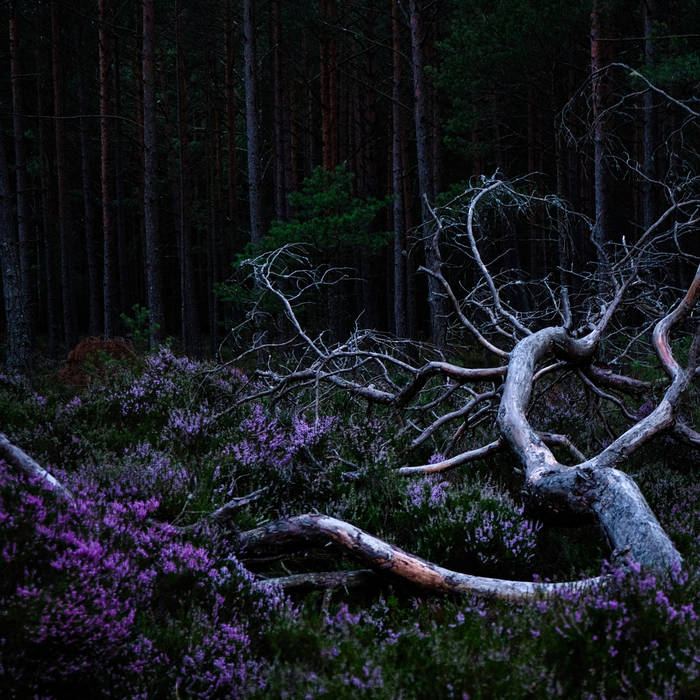
Lawrence Peryer: The seed of Ego Death was planted during the 2020 Weavings session. What was it like to suddenly find yourself improvising with each other for the first time?
Resina: The whole experience felt a bit surreal—we were able to connect from opposite parts of the world and play together online, without any major issues. Looking back, it was a sign of how rapidly things were changing and how technology is more and more a big part of our lives. But in this case, it truly helped us stay together.
Aho Ssan: It was incredibly inspiring. From our very first session during Weavings, even though we barely knew each other, there was an immediate synergy between our sounds—something rare and powerful. When we finally met in person for the performance at Unsound, it solidified not just our musical connection but also marked the beginning of a genuine friendship.
Resina: While improvising with Aho Ssan, I experienced an extremely rare feeling—that if electronic instruments were my primary medium, this is exactly the kind of sound I would like to create. Désiré's approach to electronic tools gave me the feeling of true dialogue. We were already trying to respond to each other, develop and build together, and not just explore common ground. That realization made me think: we shouldn't let this opportunity pass.
Aho Ssan: It was Resina's very organic, deeply expressive sound that initially captivated me. Her cello felt like a direct extension of human emotion and physicality—qualities that I was eager to explore and contrast with my electronic practices at the time. This intimacy brought out something new in my creative approach.
Lawrence: How does the concept of "ego death" relate to your artistic practices and your experience of collaboration?
Aho Ssan: Ego death, for me, is a continuation and deepening of my earlier explorations. It's about shedding superficial layers of identity to reveal something more fundamental. Growing up Black in France inherently involves navigating multiple layers of imposed identity. Ego Death symbolizes an act of defiance against these imposed narratives, embracing a deeper, more personal identity rooted in self-understanding and spiritual resilience.
Resina: This is a great question for a person who's a control freak but also doesn't like to be a leader. After playing several shows with a choir on stage, I reached a point where I felt very overwhelmed by directing, controlling, and playing music at the same time. Overcontrolling can be a shortcut to burnout, makes artists feel alone, and often kills too many ideas. I craved a pure creative flow. And at this point, I meet the musician whose sound touches me on every level: conscious and intuitive. So letting go of creative authority was not a big deal for me at this stage of my life.
Aho Ssan: Working collaboratively aligned with something I was already exploring. Collaborating with other artists always pushes me into territories I wouldn't naturally explore alone, and honestly, working with Resina was incredibly inspiring—so much so that it's almost bittersweet having to return to working solo after such an intense and rewarding collaboration.
Resina: It's absolutely the best thing that's happened to me in many years—when we both share "responsibilities,” it's so much easier to let go, melt the tired, pressured ego, and just drown in the music. Perhaps it's also easy to work together on the balance because these types of aesthetic goals come pretty much naturally to both of us. I think that by playing together, it may have even been easier to open ourselves up to more stretched dynamics, and we both tried to reach our extremes.
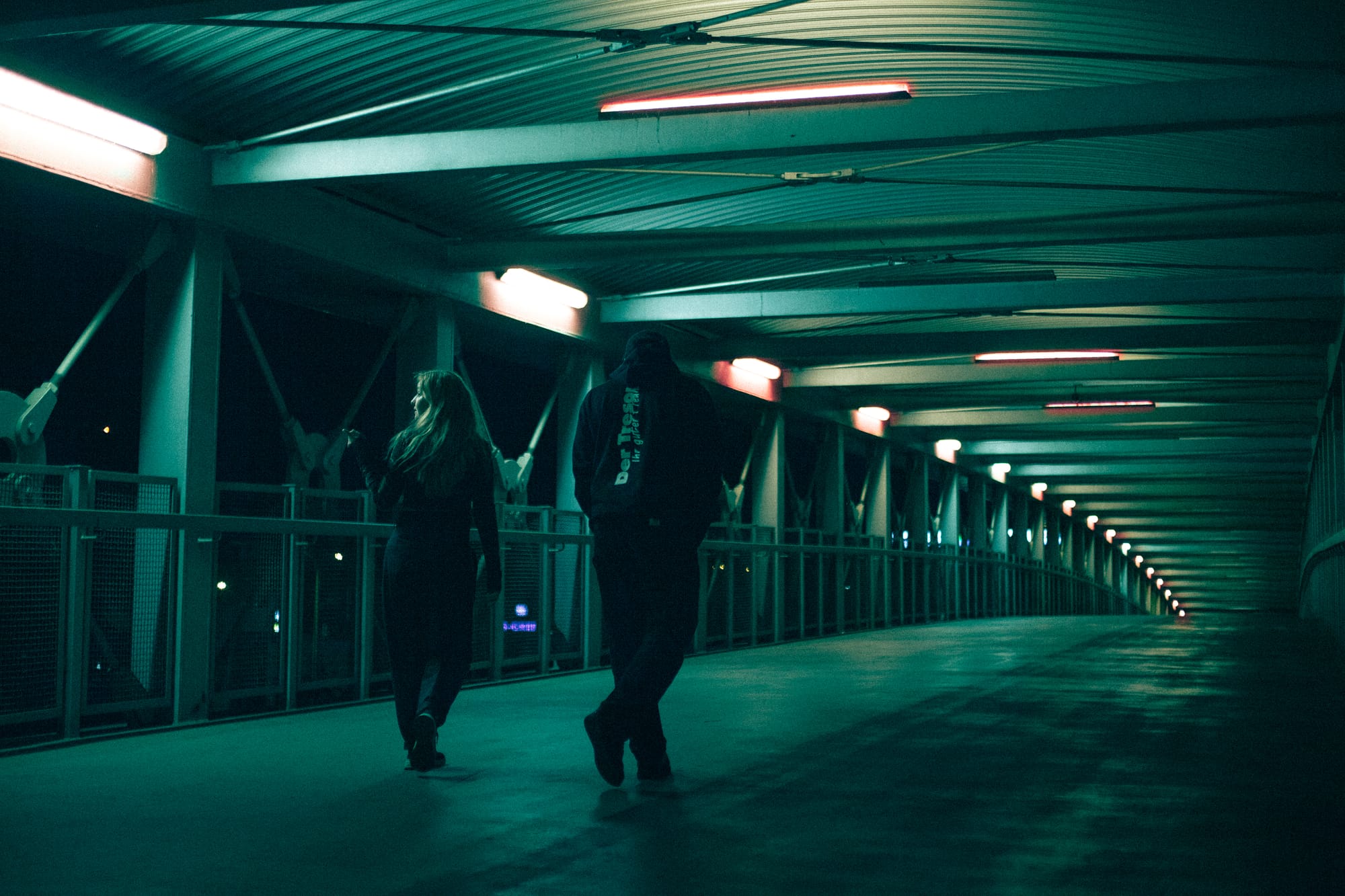
Lawrence: How did you adapt your individual methods and tools for this collaboration?
Aho Ssan: From the beginning, our musical languages naturally aligned—sometimes during our improvisations or live performances, we couldn't even distinguish who was playing what, our sounds merged so seamlessly. Because of this, I didn't need to drastically alter my setups; rather, we focused initially on deep conversations to familiarize ourselves with each other's musical interests and simply listened attentively to one another.
Resina: I could finally focus more on the sound qualities, interesting layers, and details like unconventional, scratchy bowing, which did not necessarily have to build a whole structure of the piece—a lot of freedom often provoked more extreme techniques. More digging into hardware effects—sometimes for the first time used up to their limits. Honest and open dialogue with the sound of other artists naturally provokes ideas that are unlikely to come to life when you play alone.
Aho Ssan: Because our sounds blended so naturally, the sonic palette came about intuitively. Resina already employs numerous effect units that form a significant part of her distinctive sonic identity, so my approach intentionally preserved this signature sound. Instead of drastically transforming her cello, I chose textures and processes—such as spectral manipulations, granular synthesis, and spatialization—that would seamlessly intertwine with her existing sonic language.
Lawrence: What was the recording process like, particularly working with Rabih Beaini in Berlin?
Resina: What Rabih did really surprised me. After almost twenty years of recording my cello in many different studios, this was the first time I had the impression that it sounded exactly as I hear it when I play it. That NEVER happened before—thanks to his skills, taste, unique miking techniques, but also his whole approach, which is close to my own perception of acoustic part recording methods. Yes, I processed the cello in real time during recording, plus we added a few little things later in the mix.
Aho Ssan: Recording at the Kraków Philharmonic was an incredible experience. The space offered a beautiful natural reverberation that greatly inspired the expansive and spatial nature of my organ parts, deeply influencing the sonic dimension of the composition.
Lawrence: How has this collaboration changed your thinking about your individual practices?
Resina: I definitely feel more encouraged to push things further and leave the things that have been pulling me off the road. I want to more radically scrape away those layers of sound that are synonymous with sophistication, but serve nothing more than to maintain a safe aesthetic. General questions that stay open for me are how much further we can go with creating a fusion of sounds, and which source lies in such different tools? How much of this musical example can be translated into social and political issues? Obviously, I feel more ready and open to work on bigger collaborative, interactive projects. But Ego Death isn't a project for us, but a band.
Aho Ssan: It reinforced ideas I was already exploring—how electronic and acoustic elements can merge into a single, expressive language. I didn't come away with a list of new techniques, but more with a feeling: that I want to keep working in ways that feel alive, responsive, and open to the unexpected. Ego Death opened questions about vulnerability, interconnectedness, and the essence of collaboration itself.
Lawrence: For both of you, what does this suggest about the future of music-making in our current cultural moment?
Aho Ssan: For me, there's no strict boundary between human and machine—they're just different voices in the same language. Perhaps it’s a naive way to look at it, but what really matters to me is the excitement it brings and how flexible it becomes during performance.
Resina: I love improvising, trying all sorts of crazy things that come to my mind, observing if something really surprises me or brings something filled with essence. Because the most intriguing impulse to compose often comes from the unknown, or something built from seemingly incompatible extremes, or on the edges of performance safety—just risking and learning. This collaboration has shown me that some of the most meaningful work happens when you're willing to dissolve the boundaries you've built around yourself.
Check out more like this:
 The TonearmLawrence Peryer
The TonearmLawrence Peryer
 The TonearmMichael Donaldson
The TonearmMichael Donaldson


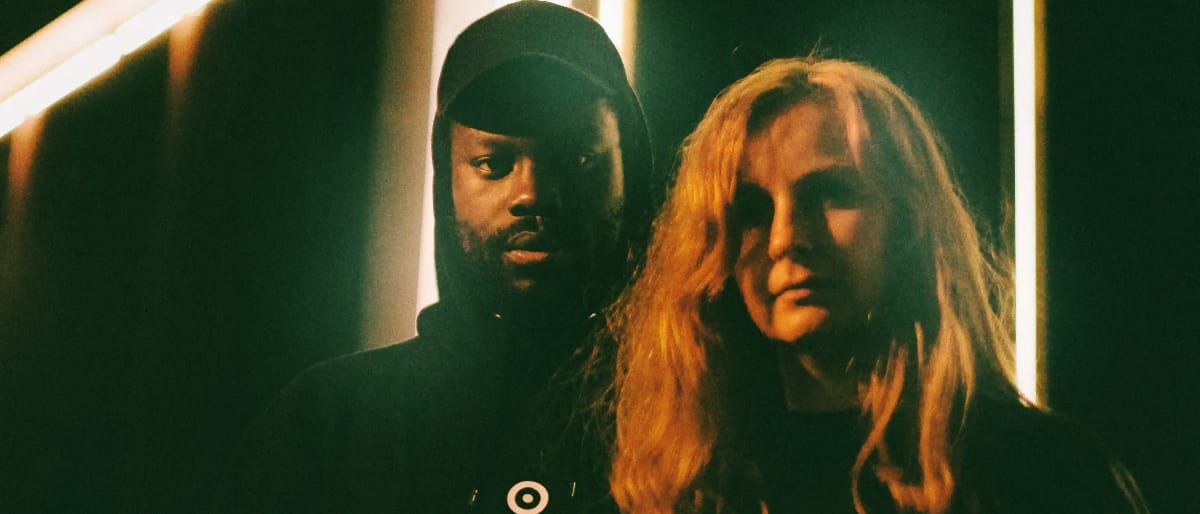

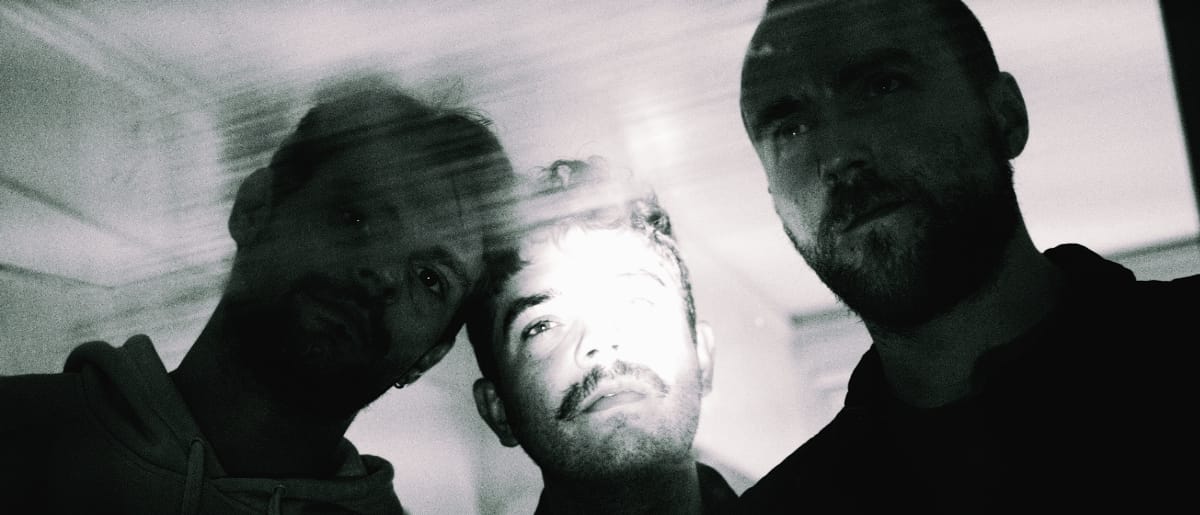
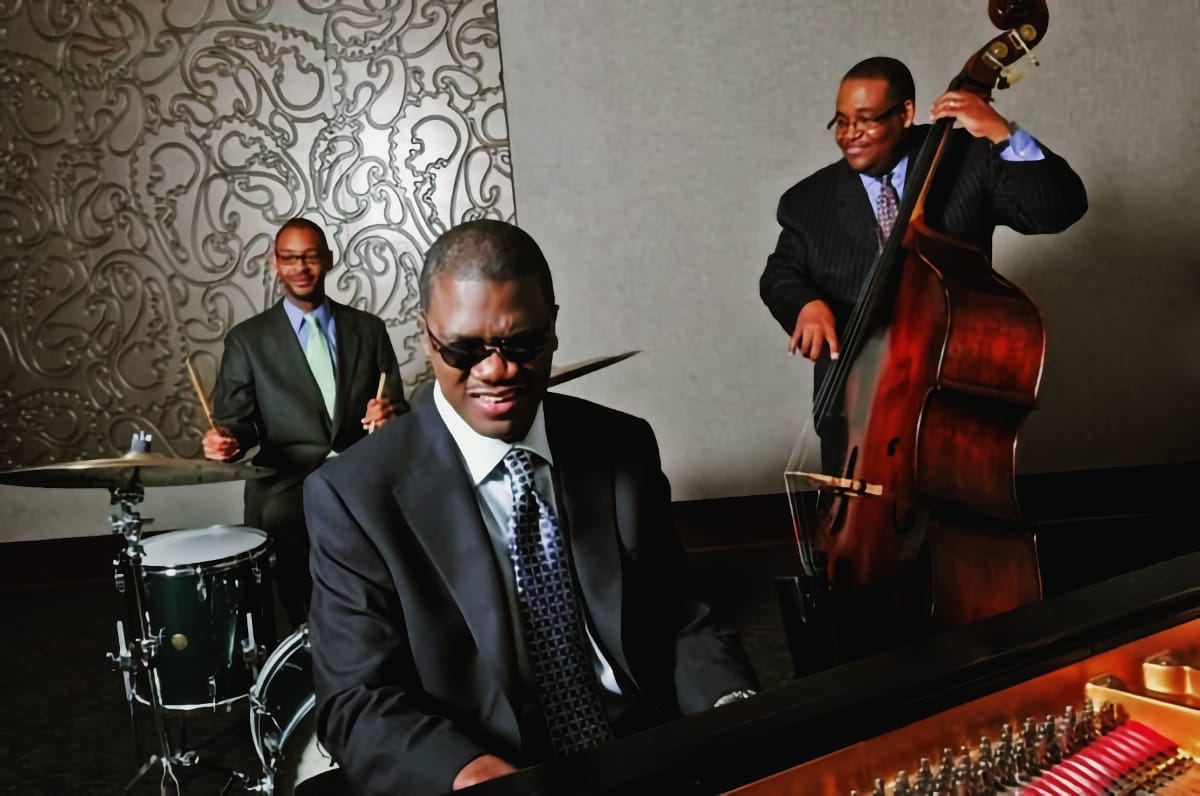
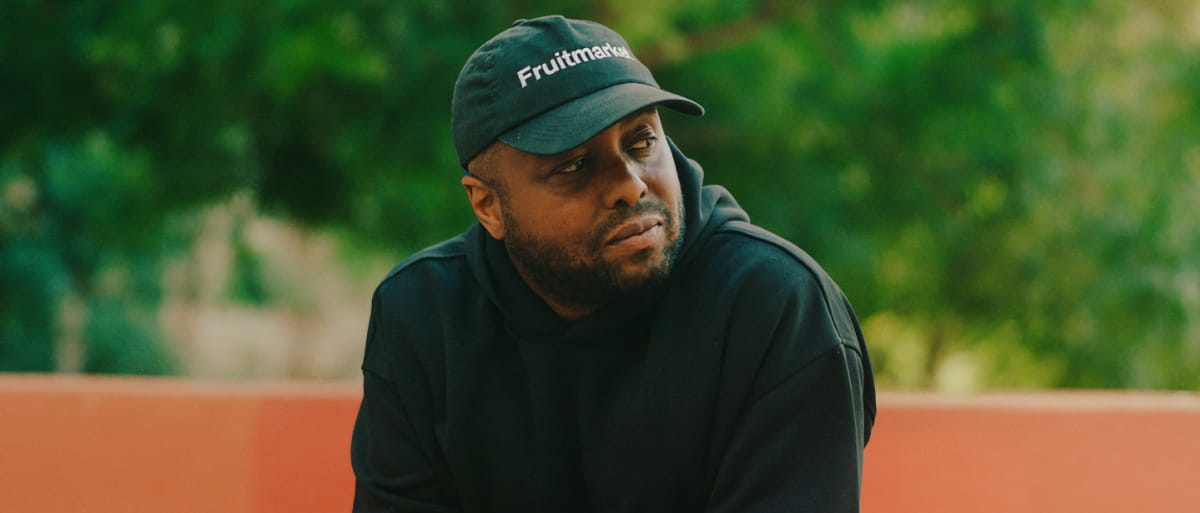
Comments